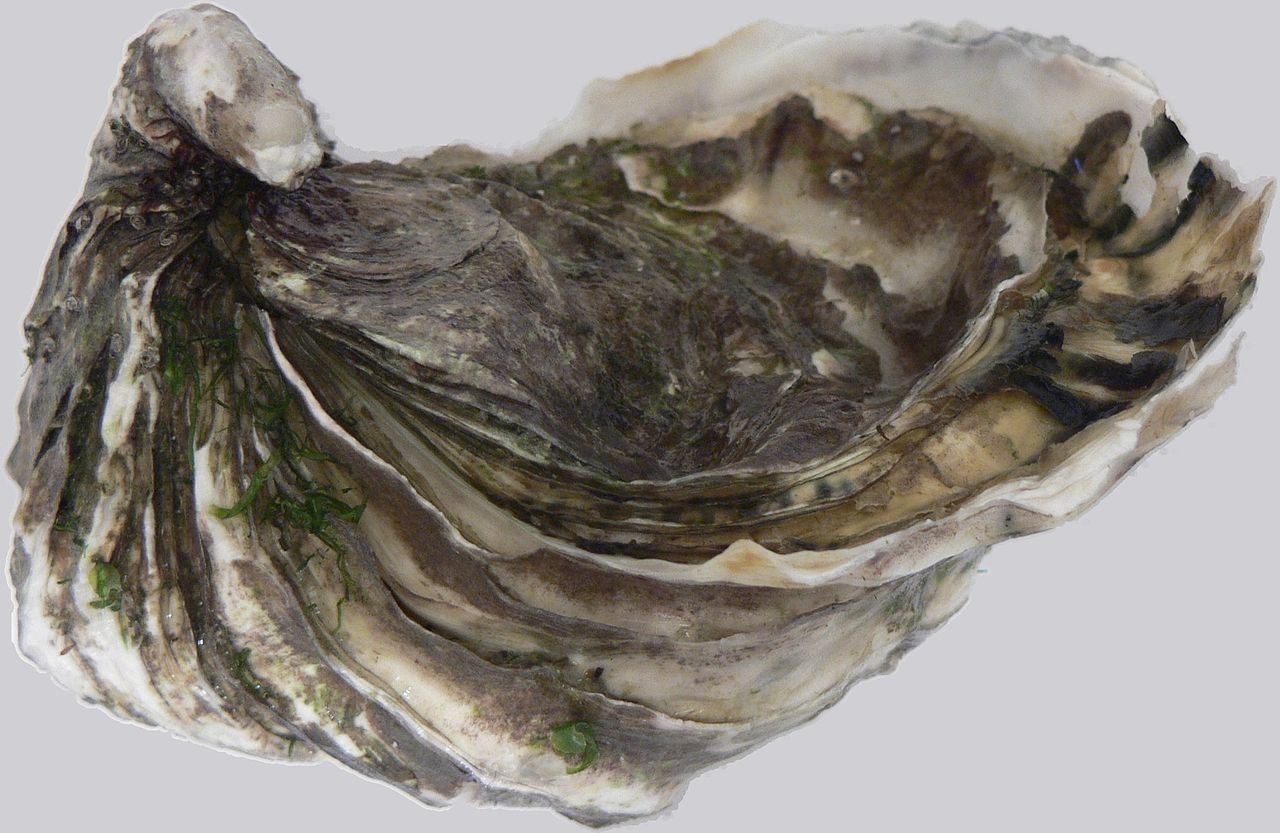February 5, 2016 Updated 2/5/2016
Email Print

Go ahead and add oysters to the ever-growing list of those who want less plastic in their lives.
Microplastics in the ocean could have a serious negative impact on the reproduction and growth of oysters, according to a recent European study.
A team of French and Belgian researchers at the French Institute for Ocean Studies raised oysters in water polluted with 2- and 6-micrometer-sized polystyrene microplastics in a laboratory setting.
Oysters have no way of distinguishing the microplastics from their usual diet of plankton, though researchers noted that the oysters preferred the larger, 6-micrometer PS bits, consuming 69 percent of the plastic added to the water, perhaps because they are about the same size as the filter feeders’ food source.
While it’s easy to joke about the potential for microplastics to result in carbon-fiber pearls — since oysters are known for their ability to turn a single grain of sand into a pricey pearl — it’s the bivalve’s gut the plastic ends up in, not the mantle where a pearl would grow.
After two months, researchers found the oysters with a gut full of plastic produced 41 percent fewer eggs and slower swimming sperm than oysters that fed on algae alone. The offspring of the plastic-eating oysters also were smaller and slower-growing than the babies of the control group oysters.
Perhaps, the researchers say, the microplastics interfere with the oysters’ energy uptake, leading them to invest less of their limited energy on reproduction. Hormone disruption could also be a factor, they wrote.




























